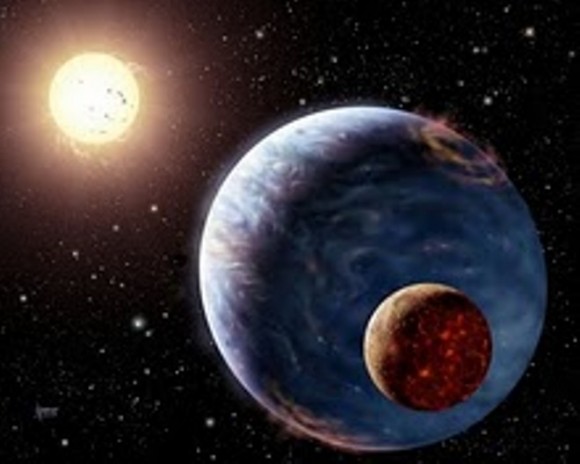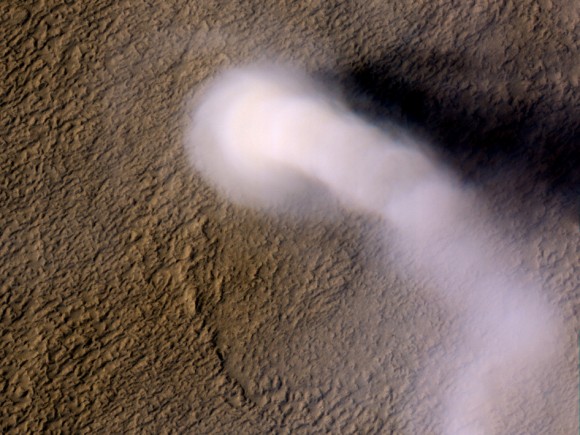
© NASAArtist concept of an exoplanet.
According to
Star Trek lore, it is only 51 years until Earth's first contact with an alien species. In the movie
Star Trek: First Contact, on April 5, 2063, Vulcans pay a visit to an Earth recovering from a war-torn period (see the movie clip below.) But will such a planet-wide, history-changing event ever really take place? If you are logical, like Spock and his Vulcan species, science points towards the inevitability of first contact.
This is according to journalist Marc Kaufman, who is the science editor for the
Washington Post and author of the book
First Contact: Scientific Breakthroughs in the Hunt for life Beyond Earth. He says that from humanity's point of view, first contact would be a "harbinger of a new frontier in a dramatically changed cosmos."
What are some of the arguments for and against the likelihood of first contact ever taking place and what would the implications be?
"One argument against first contact is from those who say there is no other life in the Universe," said Kaufman, speaking to Universe Today via phone, "and with that is the Fermi paradox, which says that if there is so much life out there, why hasn't it visited us yet? That was posited back in the 1950's and with everything we've learned since then, it seems rather presumptuous and Earth-centric to say that because no one has come to Earth, there is no life out there."

